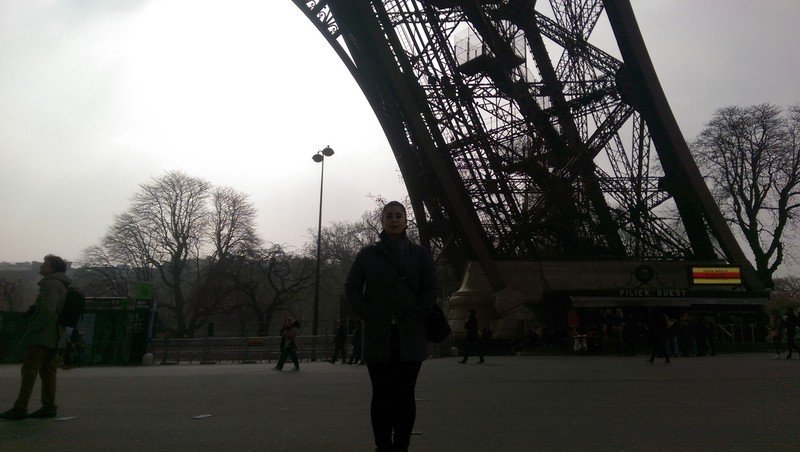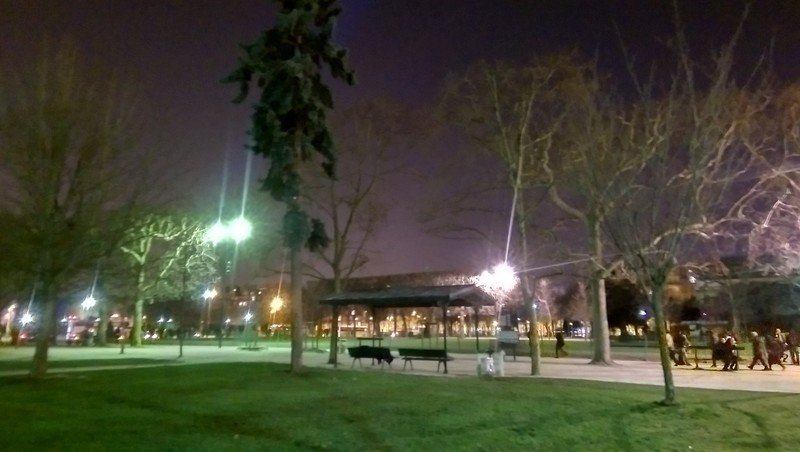When to use HDR for photos on your Android

It's clear to see smartphone cameras have come a long way in just a couple of years, but what you may not realize is that a lot of the advancement can be attributed to software. When dealing with small camera sensors and lenses, like those on your Android, it takes finely-tuned processing to get a great-looking image from the data collected. It's true for casual snapshots in auto mode, but it's particularly true for HDR photography.
While HDR can't fix every problem with taking photos on your Android phone, it can certainly help your little camera produce appealing images that you'll really want to show off. HDR isn't a silver bullet, though — it really needs to be used in moderation for the best results. Let us show you when to flip the switch to HDR and when to go natural.
A quick explainer on HDR
High Dynamic Range (HDR) photography is achieved by taking multiple pictures (usually three or five) at a variety of different exposures in quick succession and combining them with software. Because the software has multiple exposures of the same image, it can produce a single image with a higher range of colors and brightnesses, pulling the highlights and lowlights in the right areas from each original image.
With HDR, you can take a picture of a horizon with a dim field in the foreground and a bright blue sky in the background, and have the grass nearest you perfectly lit while also not turning the blue sky into a white murky mess. The software does this by using the higher exposure image to brighten the foreground, and the lower exposure image to darken the sky.
The effect is very appealing for those sorts of situations, but on the other side of things, if you're taking a picture of a scene with relatively similar brightness levels across the entire area, HDR may over-process the picture and give it a fake or cartoonish look.
While HDR isn't a perfect solution for all picture-taking situations, it can often make up for the shortcomings of smartphone cameras with small sensors that are unable to capture a wide dynamic range in a single picture. The one downside is that each phone manufacturer does HDR differently, and it may take some time to get a feel for how "intense" your phone processes HDR.
When to use HDR in your photography
As is the case with most photography, there isn't any hard set rule for when you should and shouldn't be using HDR for your pictures. As we covered above different phones will handle HDR differently, but despite the differences, there are a few situations in which HDR can be worth trying as a way to improve your shots.
Get the latest news from Android Central, your trusted companion in the world of Android

The same photo, without HDR (above) and with HDR (below)

Any situation in which the shot you're framing has a wide range of brightness, you'll want to try HDR. Like our field and sky example above, or a situation of a portrait where the subject is lit from behind and much darker than their surroundings. HDR will let you brighten up your subject in the foreground while keeping the background the correct brightness as well.
When HDR may not be the best choice
It's clear that HDR can make a major difference in the quality of pictures you can get out of your smartphone, but there are some situations in which it just isn't an option.
HDR isn't always the best choice for super-low light situations. Considering that there's a very low amount of light to let in in the first place, the low exposure shots captured may actually dull down the final image, rather than brighten it up. Many phones will also attempt to smooth out images in HDR, which may just blur the entire shot. It'll be best to first try "night" or "low light" mode on your camera instead, if you have it.

Night picture with HDR (above) and without HDR (below)

Because HDR requires taking multiple pictures in succession, any situation in which you and/or your subject are moving will not be great for this capture mode. When the software attempts to stitch together the multiple shots, you may see ghosting around objects that have moved, streakiness in otherwise sharp lines and unnecessary discoloration. You'll be better off using an auto or action camera mode and brightening up the picture after the fact.
In the end it takes practice
If it feels like we didn't come to a final conclusion on the times to use HDR, it's because choosing between different shooting modes — including HDR — takes a bit of guesswork and practice. With the variances in scenes, camera quality and software processing, the answer of "do I use HDR here?" may be different depending on these factors.
But hopefully with this new knowledge on what HDR is, how it works and some tips for when to consider it, you'll be choosing the right shooting mode for each one of your pictures with more confidence.

Andrew was an Executive Editor, U.S. at Android Central between 2012 and 2020.
